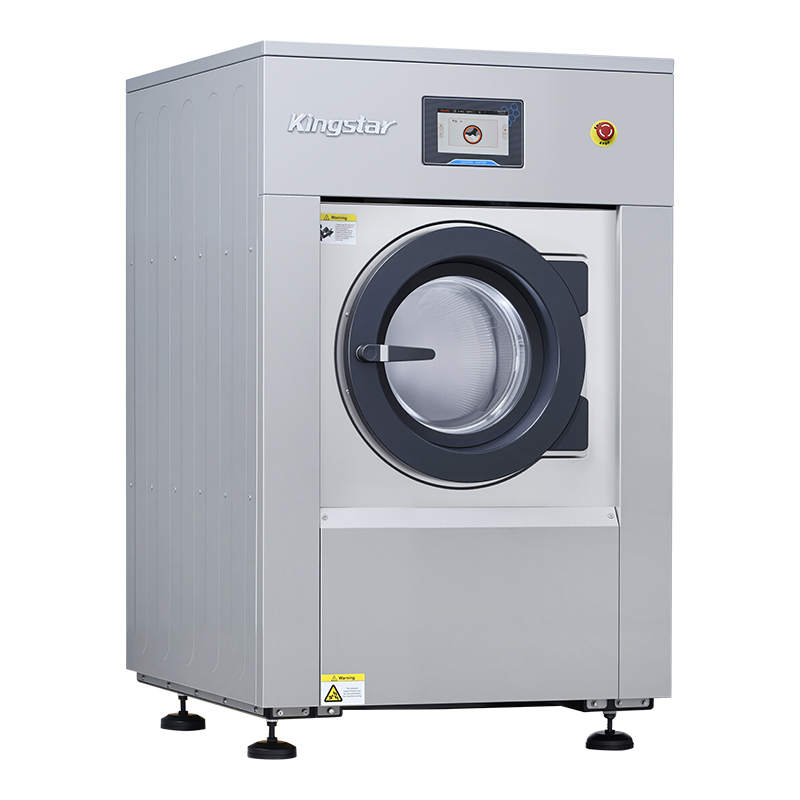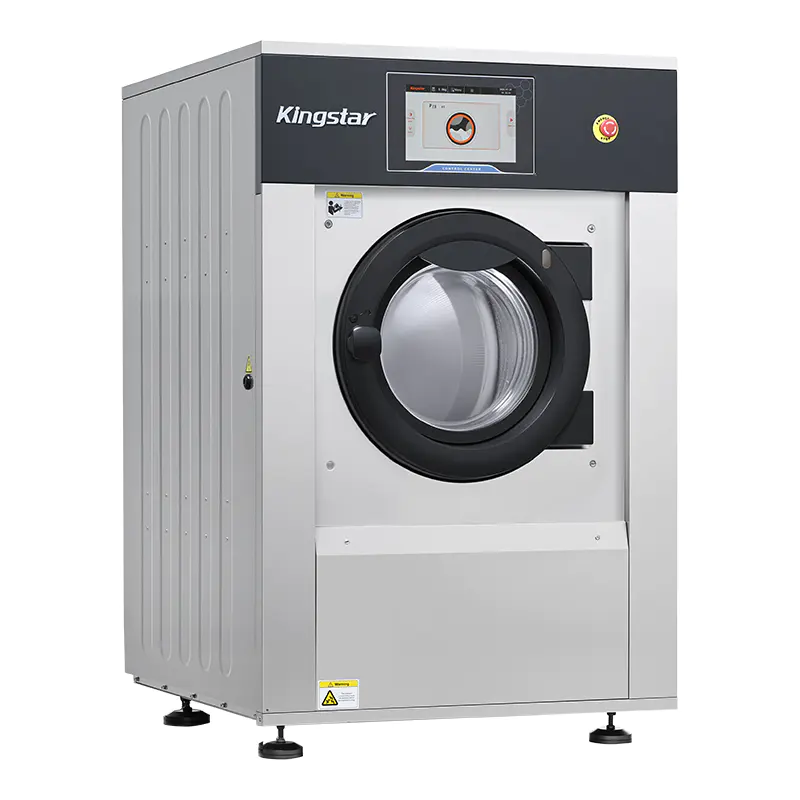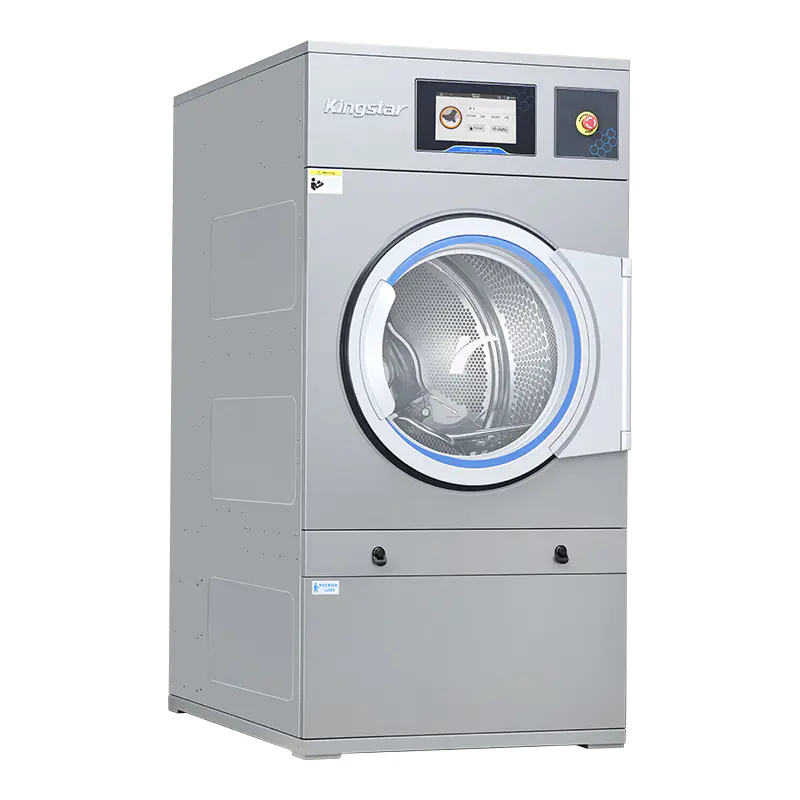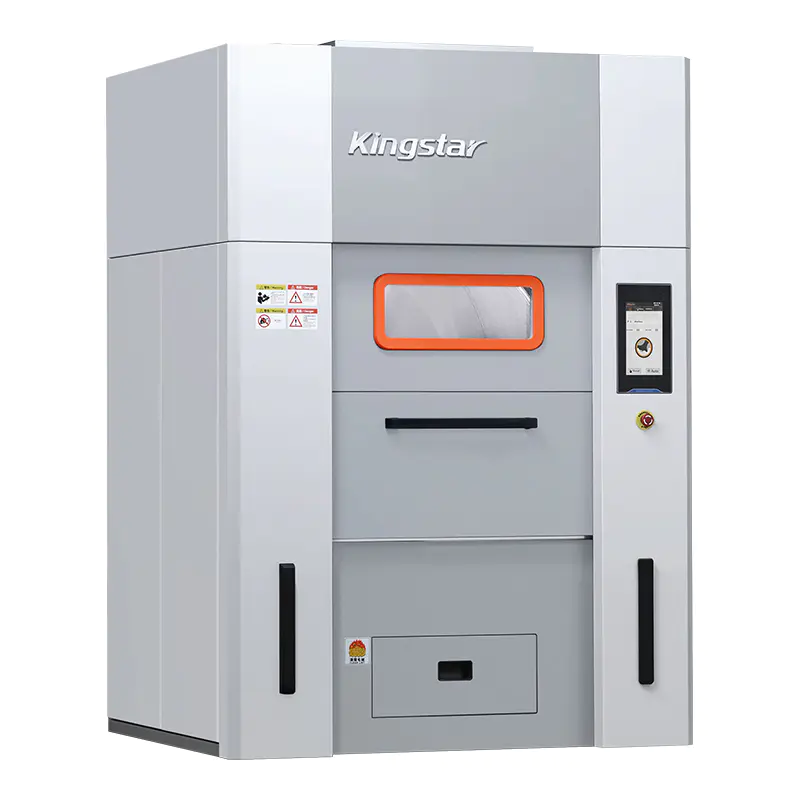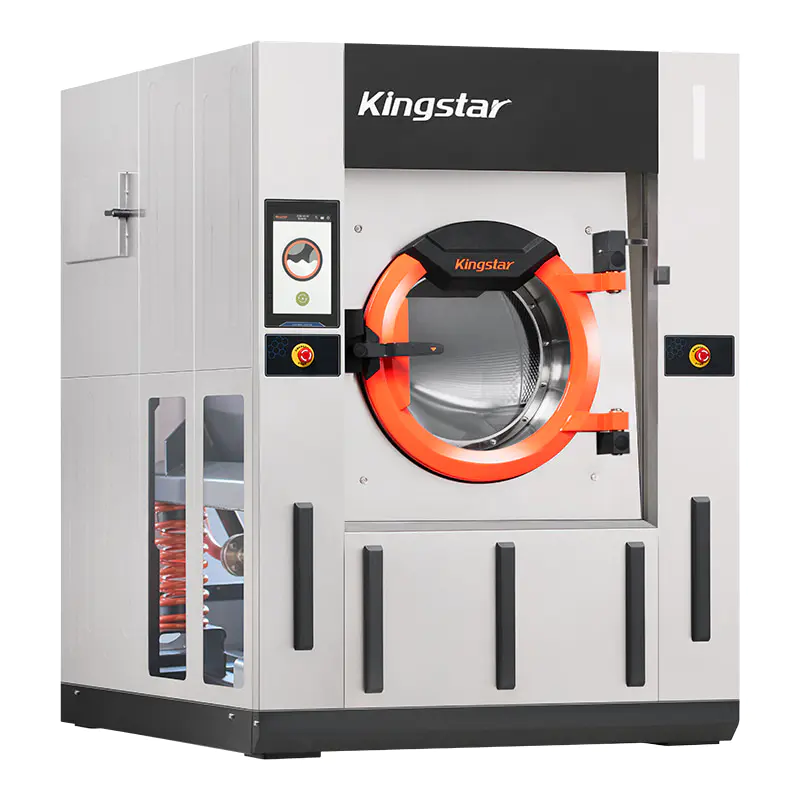
Laundry Professional Ironing Guide: Fundamentals, Essentials & Fabric Treatment Tips
Ironing is the key post-wash finishing process that professionally combines heat, humidity, and pressure to make the textiles flat and achieve the smooth and crisp effect. As an important link in the laundry process, the ironing quality directly affects the final appearance and the quality of the clothes. In this article, we will systematically analyze the technological principles of ironing and the practical operations for the relevant personnel of the laundry shops.
Ironing Principle
The essence of ironing is to temporarily break the intermolecular bonds of fibers under wet and hot conditions, and then rearrange the fibers through external force. After cooling, a stable structure is formed in the new position, thereby achieving the shaping effect of the fabric, including smoothing the surface and shaping pleats.
Five Factors that Affect the Ironing Effect
● Temperature control
Temperature plays a major role in the ironing process, and it’s a major factor that affects the shaping effect. The higher the temperature, the better the shaping effect will be. When the temperature is too low, water cannot vaporize, and the molecules in the fibers cannot move, resulting in it failing to achieve the purpose of shaping. If the temperature is too high, exceeding the tolerance range of the fibers, it can cause the fabric to melt, carbonize, or even catch fire.
The appropriate temperature should be mastered according to the type of fibers. For fabrics made of the same type of original fabrics:
- The ironing temperature for thick types is higher than that for thin types.
- Ironing temperature for textured types and suede types is higher.
- The ironing temperature for wet ironing is higher than that for dry ironing.
The ironing temperature for fabrics that are prone to discoloration should be appropriately reduced. For blended and interwoven fabrics, the ironing temperature should be determined based on the fibers with lower heat resistance within them.
| The Appropriate Ironing Temperature for Textile Fabrics | |||
| Fabric Composition | Direct Ironing Temperature (℃) | Ironing Temperature with Dry Cloth (℃) | Ironing Temperature with Damp Cloth (℃) |
| Cotton | 175-195 | 195-220 | 220-240 |
| Linen | 185-205 | 200-220 | 220-250 |
| Wool | 160-180 | 185-200 | 200-250 |
| Mulberry Silk | 165-185 | 190-220 | 200-230 |
| Tussah Silk | 155-165 | 180-190 | 190-220 |
| Viscose Fiber | 160-180 | 190-200 | 200-220 |
| Polyester | 150-170 | 180-190 | 200-220 |
| Nylon | 125-145 | 160-170 | 190-220 |
| Acrylic | 115-135 | 150-160 | 180-210 |
● Humidity control
Spraying some water on the clothes or placing a damp cloth underneath can help them take advantage of the effect of water molecules to wet, expand, and stretch the fibers. This allows them to quickly enter the predetermined position and be set under the effect of heat.
The degree of moistening applied to the fabric during ironing depends on the fabric’s fiber composition and thickness. Generally, lightweight fabrics like cotton, linen, silk, viscose fiber, and synthetic fibers can be sprayed with water before ironing. Ironing should start once the water droplets have spread evenly. Thick fabrics such as wool and woolen cloth require a slightly higher amount of moistening due to their dense texture. However, excessive water spraying will lower the ironing temperature and make it difficult for the fabric to dry during ironing. Therefore, it is best to place a layer of a damp cloth over the fabric for ironing.
Besides direct water spraying and using a damp cloth, steam ironing is now widely adopted for moistening. It is convenient to use, fast, and efficient.
● Pressure application
The ironing pressure depends on the types of fibers and the texture of fabrics.
- Lightweight fabrics with a loose structure need light pressure.
- Heavyweight fabrics with a dense structure need heavier pressure.
- For pile fabrics, steam jet ironing is preferred to avoid flattening the pile.
- Fabrics that are prone to press shine need light pressure.
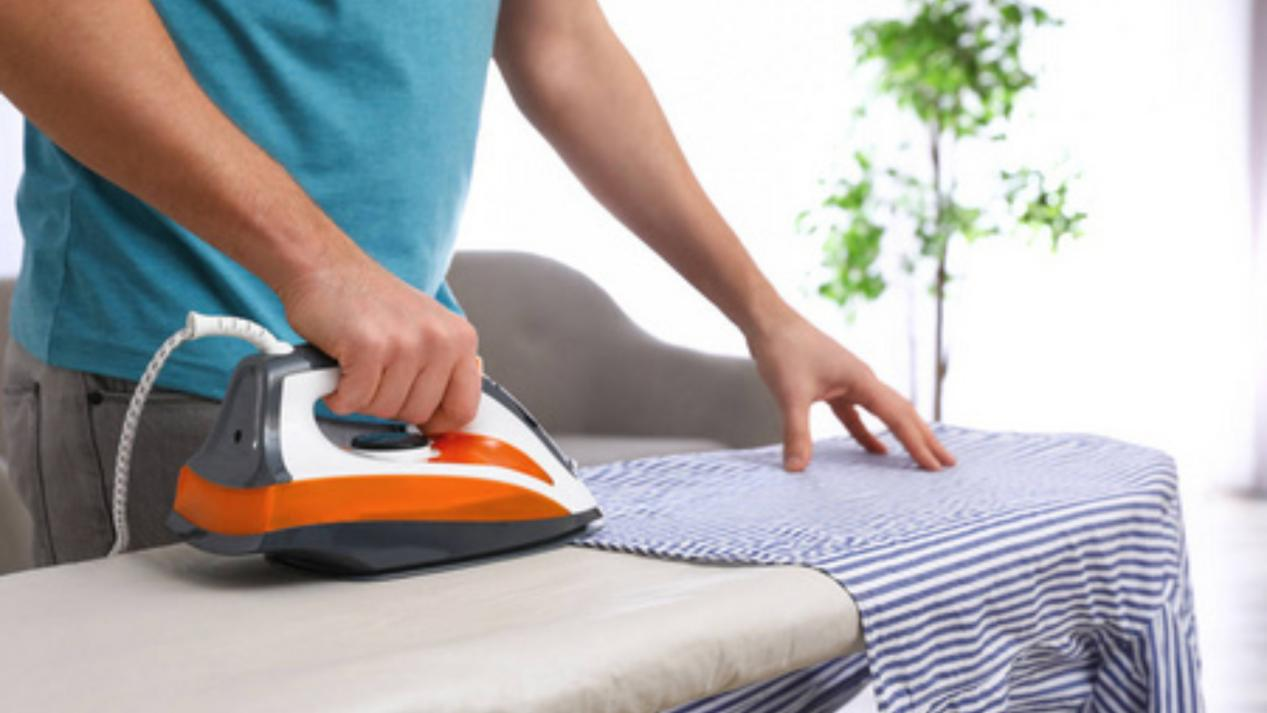
● Time management
The ironing time is related to the shaping effect. If the time is too short, the fabric will not be fully set. If the time is too long, some parts of the fabric will be damaged. As a result, the ironer should be moved continuously during ironing. The moving ironing time for the same area is generally 3-5 seconds, and it should be flexibly adjusted according to the specific fabric and garment part.
- Some fabrics can be ironed for a longer time: fabrics with good thermal stability, fabrics with high moisture content, and thick fabrics.
- Light fabrics and fabrics with a loose structure need to be ironed for a shorter time.
● Cooling and shaping
After ironing, rapid cooling can stop or reduce the movement of fiber molecules when they are in their new positions. This can help achieve complete shaping. There are two cooling methods: mechanical cooling and natural cooling.
- Mechanical cooling uses an exhaust fan to remove all moisture and residual heat during the ironing or immediately after ironing. This enables rapid cooling. At home, you can prepare a cool iron to alternate between hot and cold for shaping.
- Natural cooling
Fabrics cool down on their own after ironing is done. It is best to hang the fabric in a well-ventilated area for cooling.
Ironing Guide for Common Fabrics
● Cotton/Linen
High-temperature steam ironing is proper. For fabrics with dark colors, reverse-side ironing can be used to prevent press shine.
● Woolen
Ironing with a damp cloth is better. For fabrics with clear textures, avoid ironing the front side.
● Silk
Low-temperature ironing on the reverse side is recommended to prevent yellowing. Special attention must be paid to satin fabrics.
● Chemical Fiber
Polyester is easy to shape. Nylon/acrylic requires low-temperature reverse-side ironing. Vinylon must be ironed when dry.
● Viscose Fibers
Steam ironing is suitable. For thicker fabrics, attention should be paid to controlling the pressure.
Care for different fabrics must be tailored to their specific properties, especially in the washing and ironing stages. To achieve perfect ironing results, people not only need to master correct methods, but also rely on the gentle and thorough cleaning care provided by high-quality washing machines in the early stage.
Kingstar Professional Washer (Wet Cleaning Machine) has several specifications: 15KG, 20KG, and 25KG. It can set the most suitable washing speed and stop/rotate ratio for different clothes. It can also achieve best cleaning power without damaging the fabric. Its smallest speed of 15 rpm can safely wash delicate fabrics such as mulberry silk, wool, and cashmere.
ADD:No.388 Xinggang Road, Chongchuan District, Nantong City, 226000, Jiangsu Province, China.
-
Phone: +86-13917089379
-
Tel:+86-13917089379
-
Fax:+86-0513-85663366
-
E-mail:[email protected]
